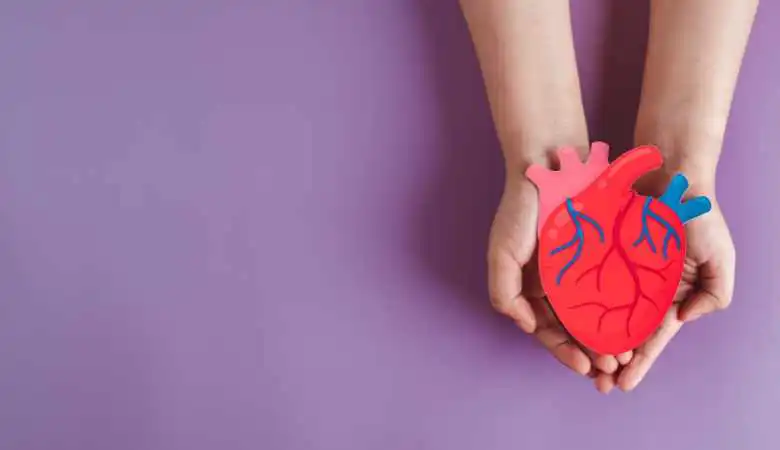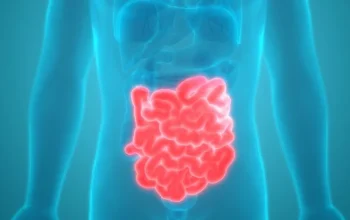Introduction:
Heart-related emergencies can be terrifying experiences, and understanding the differences between various cardiac events is crucial for prompt and effective intervention. In this blog, we delve into the distinction between two commonly confused terms: heart attack and cardiac arrest.
If you’re on the lookout for good cardiac hospitals in Kerala, visit our website.
Let’s explore their causes, symptoms, and treatments to shed light on these critical medical conditions.
Heart Attack vs. Cardiac Arrest: Understanding the Basics
Heart Attack:
A heart attack, medically known as myocardial infarction, occurs when blood flow to a part of the heart muscle is blocked, typically due to a clot or plaque buildup in the coronary arteries. This blockage deprives the heart muscle of oxygen and nutrients, leading to tissue damage or death if not promptly treated.
Cardiac Arrest:
On the other hand, cardiac arrest occurs when the heart suddenly stops beating, leading to a cessation of blood flow to vital organs. Unlike a heart attack, which involves a blockage in the coronary arteries, cardiac arrest is often caused by an electrical malfunction in the heart’s rhythm, leading to an abrupt loss of cardiac function.
Which is More Serious: Heart Attack or Cardiac Arrest?
Both heart attack and cardiac arrest are serious medical emergencies that require immediate attention. However, cardiac arrest is typically more life-threatening as it results in the cessation of heartbeat and breathing, leading to sudden cardiac death if not treated within minutes. In contrast, a heart attack, while also serious, may not always lead to cardiac arrest and can be survivable with prompt medical intervention.
Signs of Cardiac Arrest:
Recognizing the signs of cardiac arrest is crucial for timely intervention. Here are four common signs to watch out for:
- Sudden Loss of Consciousness: A person experiencing cardiac arrest may suddenly collapse and lose consciousness without any warning signs.
- Absence of Pulse: Upon checking for a pulse at the carotid artery (neck) or the wrist, there may be no detectable heartbeat.
- No Breathing or Gasping: Cardiac arrest often results in cessation of breathing, although occasional gasping or irregular breathing may occur.
- Pale or Bluish Skin: Due to the lack of oxygenated blood circulation, the skin may appear pale or bluish in color.
Difference Between Heart Attack, Heart Stroke, and Cardiac Arrest:
Heart Attack: Involves a blockage in the coronary arteries, leading to reduced blood flow to a part of the heart muscle.
Heart Stroke (Stroke): A stroke occurs when blood flow to a part of the brain is interrupted, typically due to a blockage or rupture of a blood vessel in the brain.
Cardiac Arrest: Results from an electrical malfunction in the heart’s rhythm, causing the heart to stop beating suddenly.
Main Cause of Cardiac Arrest:
The primary cause of cardiac arrest is an arrhythmia, a sudden disruption in the heart’s electrical activity that leads to an irregular heartbeat (ventricular fibrillation or ventricular tachycardia). Other factors that can contribute to cardiac arrest include underlying heart conditions, such as coronary artery disease, heart failure, or structural abnormalities of the heart.
Conclusion:
In summary, while heart attack and cardiac arrest are both serious cardiac emergencies, they differ in their underlying causes, symptoms, and outcomes. Understanding the distinction between these terms is essential for prompt recognition and appropriate response during a cardiac event. For individuals at risk of cardiac conditions, seeking care from reputable cardiac hospitals in Kerala can provide access to specialized treatment and expertise in managing heart-related emergencies. By raising awareness and promoting education about heart health, we can empower individuals to take proactive steps in preventing and managing cardiac events effectively.
Also Read: Benefits of Walking




